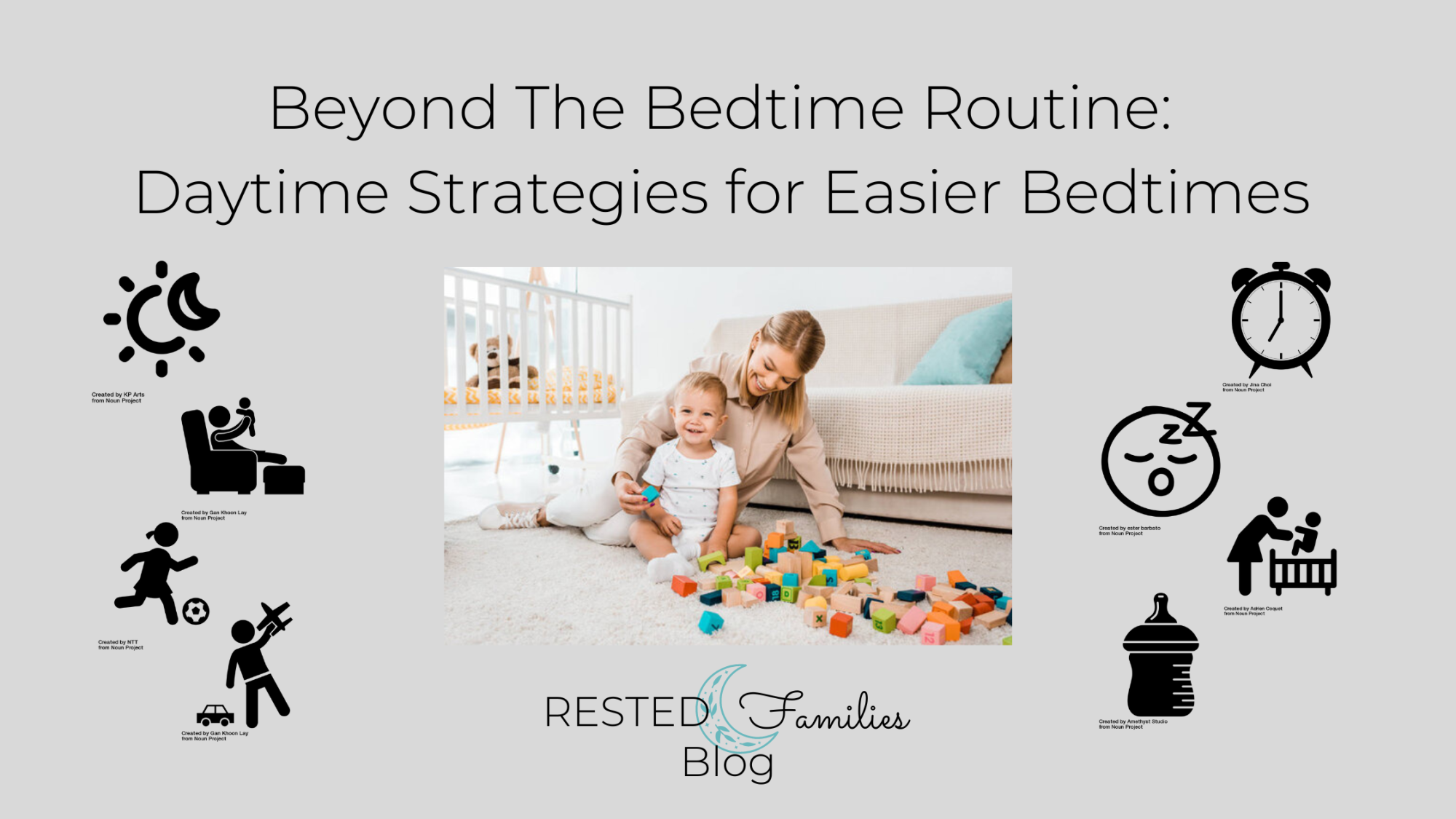
Does your child have a hard time calming down and falling asleep?
Bedtime routines are very important. However, there are simple strategies that you can implement during the day (even in the morning!) that will make falling asleep easier at night.
These strategies also set the foundation for your child to develop independent sleep skills.
As a result, your family will get the quality sleep you all need to thrive!
Keep reading so you can enjoy your evenings and the health and wellness benefits that quality sleep brings.

LIGHT AND DARK
Light signals to your child’s body that it’s daytime. It causes a decrease in the production of the sleep-inducing hormone melatonin.
On the other hand, darkness signals the release of melatonin which prepares your child for sleep.
Expose your child to sunlight in the morning and whenever possible during wake windows throughout the day. Open the blinds as soon as you wake up.
Get outside to play or take a stroll. Play indoors near a window when you can’t get outside.
Dim the lights in the evening to induce sleepiness. Use lamp light rather than brighter overhead lighting.
Black-out curtains are helpful at naptime and for preventing early morning waking.
Keep in mind that electronic media inhibits melatonin production too!
The lights produced by screens mimic sunlight. Our body doesn’t differentiate artificial light from the sun.
Stop electronic use an hour prior to bed and engage in calming activities instead.
For newborns, light and dark helps set their sleep and wake patterns.
So, use light to your advantage during feedings and playtimes to keep your baby alert at the right times and distinguish day from night/naptime.
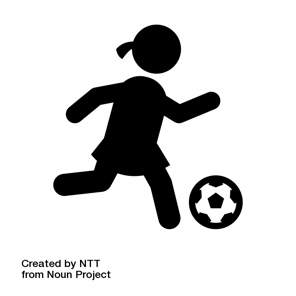
EXERCISE AND SENSORY PLAY
It's important to offer ample opportunities for your child to exercise and participate in sensory play during the day.
This will decrease their desire to do those activities at naptime or bedtime.
Provide lots of time for your child to use their muscles, expend energy, and safely explore their environment with their senses during wake windows.
Encourage your child to practice their emerging skills throughout the day. Then, they will be less likely to practice their new tricks while in bed (pulling up to stand, throwing, jumping, climbing, etc.)
Plan multiple sessions of sensory stimulating activity and heart pumping activity each day.
Examples of sensory experiences are water play, playdough, musical instruments, swinging, trying new foods, sand play, and balance challenges.
Tummy time is the perfect exercise for babies who aren't mobile yet.
Generally, exercise and rough-and-tumble play should be avoided the hour prior to bed.
More relaxing activities are best for winding down prior to your child’s bedtime routine. What is relaxing for one child may be stimulating or frustrating to another, so this is very individual.
There is a caveat here. Some children may need certain kinds of active play in their evening routine to release energy and calm down.
Children on the autism spectrum or with sensory processing issues may benefit from certain regulatory behaviors before bed. Those may be high-energy activities, yet still be helpful for calming down.
It may take some trial and error to figure out what’s most helpful for your child.

UNDIVIDED ATTENTION
Schedule times during the day when you can give your undivided attention to your child. Participate in child-led play.
Talk about and explore items they are interested in, read books about their favorite topics, sing songs, dance, play, and show affection.
Bonding during the day will discourage attention-seeking behaviors at bedtime.
Quality is more important than quantity. Even a few 5-minute bouts of one-on-one attention during the day may be all that is needed to make bedtimes easier.
Follow your child’s lead and enjoy this time together doing their preferred activities. Remember to put down your phone and connect.
You are your child’s favorite person. Playing with you will make them feel special, important, and loved. It will build their confidence too.
One-on-one time will fill your child’s cup and prevent bedtime battles!
Teach your child that wake windows are for play and snuggles, but naps and bedtime are done independently for optimal sleep quality.
Get those snuggles in during play times and during your child’s bedtime routine, so they are better able to self-soothe to sleep.
If you give your child plenty of attention during the day, especially just before bed, they will likely be more cooperative at bedtime.
Bedtimes will be quicker and free up more time for yourself in the evening!

INDEPENDENT PLAY
Even though your child needs bouts of your undivided attention during the day, they also need time to get comfortable playing independently (playing alone yet supervised).
For short periods during the day, encourage your child to play and explore without you talking and engaging with them.
Give them practice getting comfortable without a person always interacting with them.
If your child learns to tolerate small bouts of playing alone during the day, then that will transfer to being comfortable falling asleep independently too!
But remember that this strategy must be combined with plenty of one-on-one time and engagement.
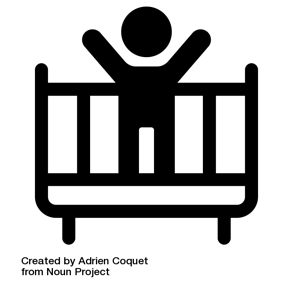
IS YOUR CHILD GETTING ENOUGH SLEEP?
The stress hormone, cortisol, rises if your child is sleep deprived. This will cause them to be wired and have a hard time calming down for sleep.
Being overtired increases the likelihood that your child will become fully awake between sleep cycles. Frequent night waking and restless nights perpetuate the problem.
Surprisingly, children who aren’t getting sufficient sleep don’t usually sleep in. They tend to wake up earlier in the morning!
Cortisol naturally rises and melatonin decreases towards morning to alert your child that it’s daytime. If your child goes to bed with high cortisol levels, they may wake up prematurely.
Sleep deprivation negatively impacts bodily functions and leads to difficulty regulating emotions, tolerating transitions, concentrating, and forming memories.
It affects health, behavior, relationships, and learning throughout the day.
So, a healthy, age-appropriate sleep schedule is very important to child development and well-being.
Referencing average daily sleep needs by age is useful to assess whether your child is getting sufficient sleep for optimal health and development.
Average Daily Sleep Needs*
3-5 months – 15-16 hours (11-12 hours at night)
6-8 months – 14-14.5 hours
9-18 months – 13-14 hours
1.5-2 years – 12-12.5 hours
3 years – 11-12 hours
4-12 years – 10-11 hours (usually all at night; no longer nap)
*However, you should also consider their mood and behavior and your pediatrician’s recommendation.
Not all children will fall exactly within these ranges, and that’s ok if they are thriving.
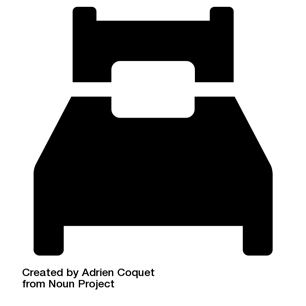
IS YOUR CHILD SLEEPING TOO MUCH?
Avoid letting your child nap too much during the day. Then they won’t be tired enough for a reasonable bedtime, or they may wake before dawn.
Also, avoid putting your child down for bed when they aren't tired yet. This will likely cause bedtime resistance.
Don’t be scared to wake your child in the morning or from a nap if needed to stay on an age-appropriate sleep schedule.
Try to strike a balance between your child getting enough daytime sleep to function well during the day and being tired enough to sleep well during the night.
Discontinue napping when your child can meet their sleep needs during the night and can handle being awake all day.
They may nap some days and not others during this transition. Daily quiet time is beneficial while in this stage.
Once ready to drop naps, engaging in calming activities in the afternoon can help your child recharge so that they can get through the day without irritability.

CONSISTENT SLEEP SCHEDULE
Falling asleep at bedtime is easier when a child has the same bedtime, wake-up time, and naptime(s) each day.
Even on the weekends.
Consistency helps your child's body follow a regular sleep-wake cycle. It leads to feeling tired at the same times each day and the ability to drift off more quickly.
I know parents like to sleep in on weekends (me too!), but a consistent wake-up time will make bedtime go more smoothly.
Inconsistent wake times may cause your child's sleep-wake cycle to shift in an unfavorable direction.

SLEEPY CUES
Even if you think you created the ideal sleep and wake schedule for your child, always be on the lookout for sleepy cues.
Then you’ll know if you need to start your child’s nap or bedtime routine a little sooner.
Avoid waiting until your child is cranky since it’s difficult for an overtired child to calm down for sleep.
Look for subtle clues like staring off into space, turning away from you, reduced activity, and less interest in their surroundings.
Those behaviors tend to occur before rubbing eyes and irritability.
Looking for sleepy cues will also help you determine when your child’s sleep needs are changing with age.
If your child doesn’t show reliable sleepy cues, then consider typical wake windows for your child’s age. Following the clock may be more beneficial in that case.

EAT-PLAY-SLEEP ROUTINE
An eat-play-sleep routine is an awesome strategy for babies who are still napping frequently.
The key is to feed your baby closer to when they wake up rather than right before they fall asleep.
This pattern eliminates the act of feeding a baby to sleep, which is a sleep association that can prevent the development of independent sleep skills.
Implementing an eat-play-sleep routine throughout the day will help you identify why your baby is crying.
When you can predict when your baby will be hungry and sleepy, then you can better determine if they are bored, uncomfortable, overstimulated, etc.
It will help you avoid feeding your baby when they aren’t hungry. Or putting your baby down when they aren’t tired.
If your baby is content upon waking and isn’t showing signs of hunger, then a play-eat-play-sleep schedule is great too.
Working toward not feeding a baby to sleep is the goal.
Another helpful tip is to ensure your baby is filling up on nutrition during the day so they will no longer need to rely on middle-of-the-night feeds.
By 6 months, almost all healthy babies are physically and neurologically able to go 12 hours without food during the night.
Discuss night weaning readiness with your baby’s pediatrician.
Middle-of-the-night feedings can become a habit, but the good news is that this habit can gradually be broken.
Also, If your baby is eating solid foods, then their diet should be considered since the timing and quantity of certain foods can affect sleep.

NAP IN THE CRIB/BED AS MUCH AS POSSIBLE
Bedtime will likely be easier if your child can practice sleeping in their crib/bed for at least one nap a day.
That way your child can get used to laying on a horizontal surface. In turn, they won’t resist it at bedtime.
There will likely be times when your child naps on the go in the car or stroller. We are busy parents and can’t always be home for every nap. That’s life!
On occasion, it may be convenient for your child to nap in a different sleep space than they do at bedtime.
A lot of portable and cozy nap spots are on the market these days. Although please be aware that some are safe for babies, and some are not.
Please consult the American Academy of Pediatrics Safe Sleep Practices.
A baby-wearing device may make life easier at times, allowing you to multitask while your baby is soothed to sleep by your movement and closeness.
Or maybe you enjoy holding your child in your arms during naps.
However, nighttime sleep will be easier if you limit how often you let your child nap in different locations than they sleep at night.
Give your child opportunities to practice getting comfortable in a horizontal position in their crib/bed during the day, so it’s familiar at nighttime.
Take action to prevent your child from developing a preference for other surfaces that may be more comfortable than their crib mattress.
Also, your child will get deeper, more restorative sleep in a dedicated sleep space that’s optimized for falling and staying asleep.
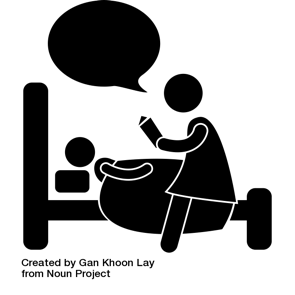
WHAT’S NEXT?
Learn about additional strategies that you can incorporate in the evening that will continue to help your child calm down and fall asleep quicker at bedtime.
Check out that companion blog post HERE where I provide more ways to lay the foundation for your child to develop independent sleep skills.
I hope you will implement these daytime strategies and then comment below or email kendall@restedfamilies.com with your questions.
Let me know if these tips helped or if you’re still struggling. I’d love to troubleshoot your specific sleep situation and provide more insights to help you get RESTED!
Are there additional strategies that were helpful for your child? Please share those with the RESTED Families community by commenting below.
Thanks!
Author Bio: Kendall Hampton is a certified Pediatric Sleep Coach and Developmental Specialist with a B.S. in Human Development and Family Studies. She helps exhausted parents teach their children to fall asleep independently—without guilt or overwhelm. Through personalized plans and supportive coaching, she guides families toward more rest, connection, and confidence. Learn more at restedfamilies.com or follow her on Instagram and Facebook @RestedFamilies.
Would you like to be notified when new RESTED Families Blog Posts are released?


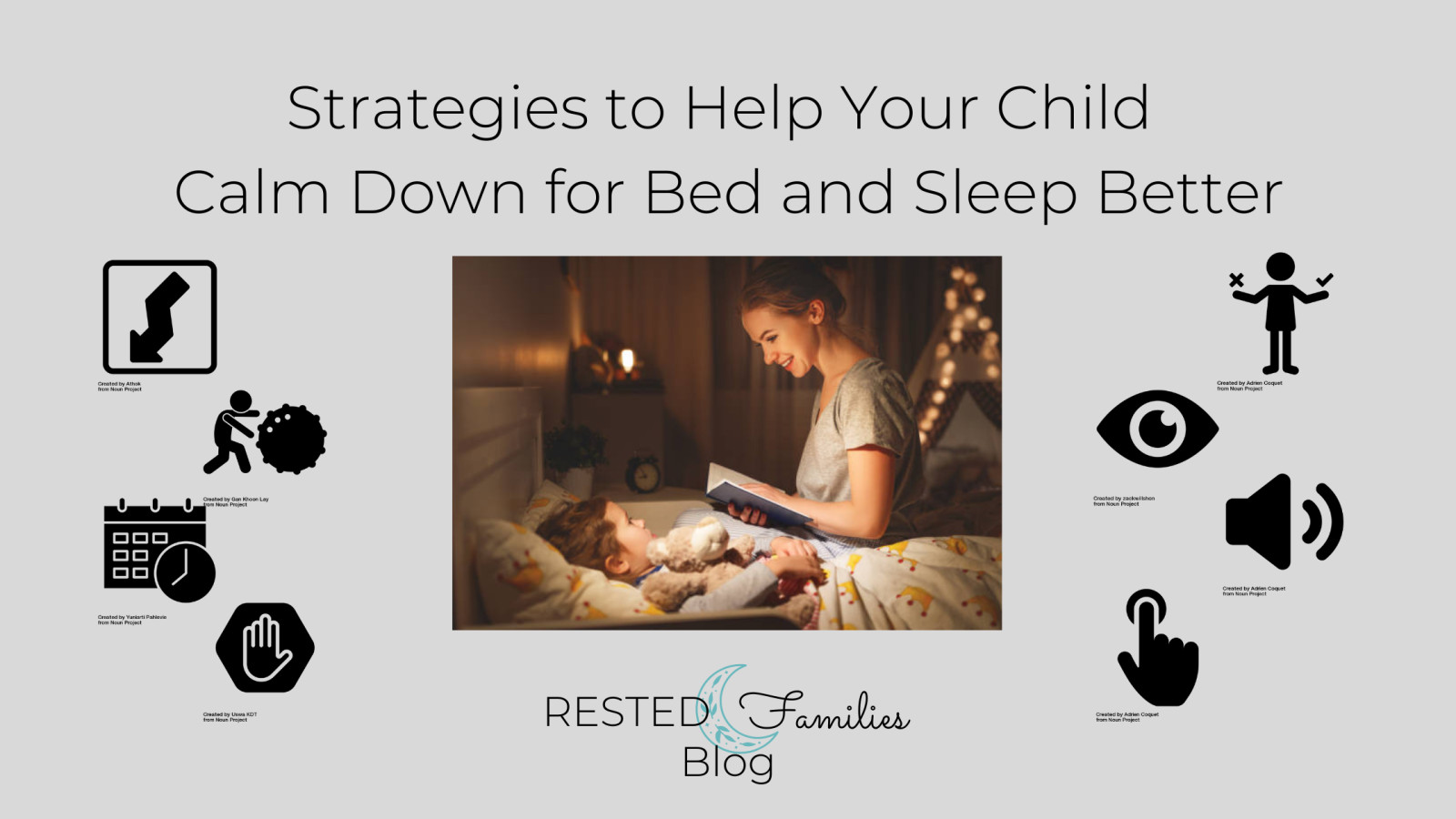
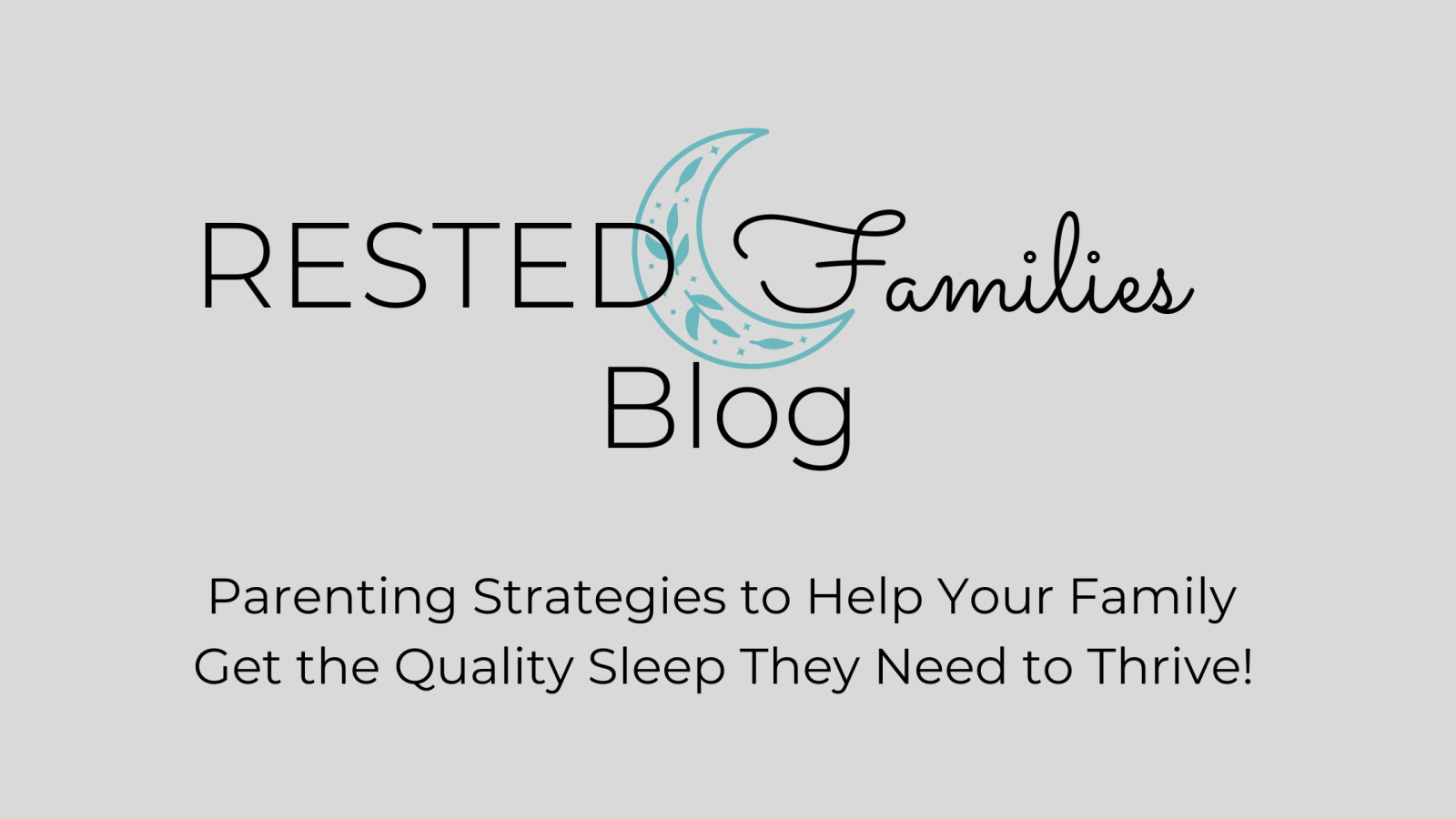

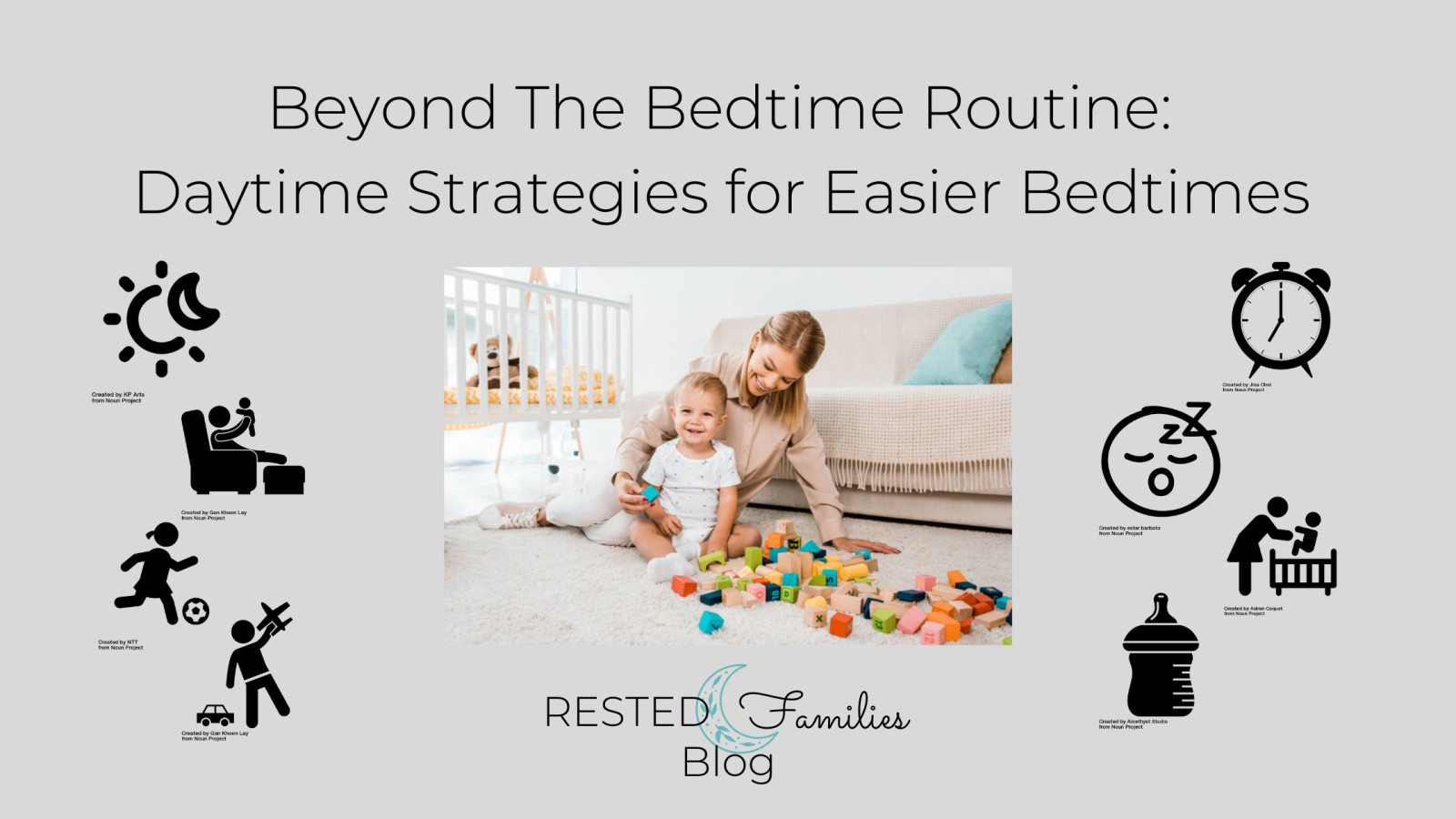




0 Comments